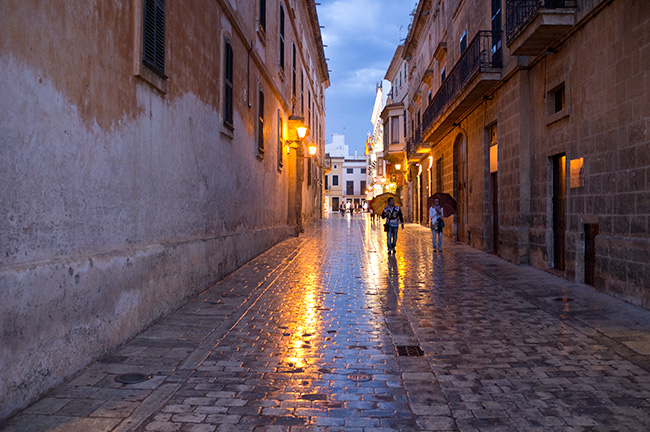
The Fuji X100… putting my money where my mouth is
In November 2009 I wrote a post bemoaning the absence of a decent compact camera on the market. If you don’t fancy reading it the gist was that all the offerings then available were marketed at people that were not professional photographers, by which I meant that they were too fussy to use, and the image quality was simply not good enough for anything other than small simple prints. In other words, for people who make their living from selling images either commercially or socially there was no option other than to lug around an SLR all the time if you wanted to be ready for those fleeting moments, which just isn’t feasible or desirable. So I wrote an open letter to the R&D departments of all the major manufacturers with a ten-point wish-list for my ideal compact. In short, these were:
- A high quality fixed lens, equivalent to about 35mm focal length on a 35mm full frame camera, with a maximum aperture of f2 or greater.
- A simple dial on the top plate to select one of four modes: M(anual), A(perture priority), S(hutter priority), P(rogram)
- A shutter release button, which is firm and requires some pressure to trigger.
- A reasonable grip for largish hands, with a thumb dial to control the shutter speed, and a finger dial to control the aperture.
- A view finder.
- Two file options: RAW and top quality jpeg.
- An 8 megapixel sensor of a sufficient size that the images can be used commercially if necessary.
- A simple reliable exposure meter to power the auto modes – something as reliable as the meter in my old Nikon F3 would be nice.
- A small LCD display on the top plate that tells me the shutter speed and aperture selected, how many frames I have taken and have left, and a readout of the remaining battery power.
- It actually needs to be compact but well built.
The curious thing about that post was that all the response I had from it, both in posted comments and off-line conversations, was negative: “it can’t be done”, “there wouldn’t be the demand”, “fairy tales are no longer commercially viable”. Rather than supporting my open request, fellow photographers were distinctly pessimistic, so much so that I started to wonder if I was being a bit of a prat in even mooting the idea. As a result you can imagine the pleasure I had in posting news that the Fujifilm X100 had been announced at Photokina in September of last year – on my birthday in fact! But it is only recently that I have started to look at how close the X100 is in its spec to my wish-list: the lens is exactly what I asked for, as are the file options, the inclusion of a good usable viewfinder, the build quality, the sensor size, and the exposure meter. More tellingly, I had based my requests for thumb and finger wheels and a mode dial on what I thought was the most we could get out of manufacturers, but Fuji exceeded my demands by giving us an aperture dial around the lens, and a simple shutter speed dial on top. Not only that, but the sensor is higher resolution with astonishing low light capability. I am not suggesting for a moment that Fuji made the X100 because of my post (although Fuji, if I had even the slightest impact on your decision making, thank you!), but given that I made the request publicly, I really felt that I had no option but to put my money where my mouth is… so I did.
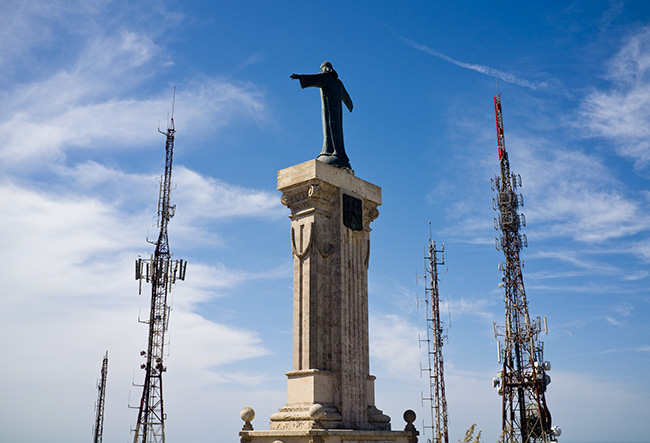
The launch of the X100 has been met with fanfare, demand, and levels of comment that far exceeded Fuji’s expectations. I hate to say I told you so to my naysayers, but… hell no: I told you so!
In an age of mass communication it is astonishing how often the message can get lost, and the problem has been that its retro styling and unquestionable similarity to early Leica rangefinders has created an internet based Chinese whisper. It may have been launched as a high end compact, but that is not the way many perceive it and as a result their expectations are being warped.
Like many I read the early reviews avidly in an effort to make sure that my “investment” was not going to be misplaced, and I have been left with the feeling that a great many commentators have missed the point of the camera. It is not a rangefinder. It is not a replacement for an SLR. It is a compact, pure and simple. If you are put off buying one because it lacks interchangeable lenses or is not great at manual focusing then I really think your ideas of what the X100 is or should be about are wrong. I bought it because I wanted a compact that I could carry everywhere so that when unexpected shots presented themselves I would be prepared, and more importantly the ensuing results would be usable.
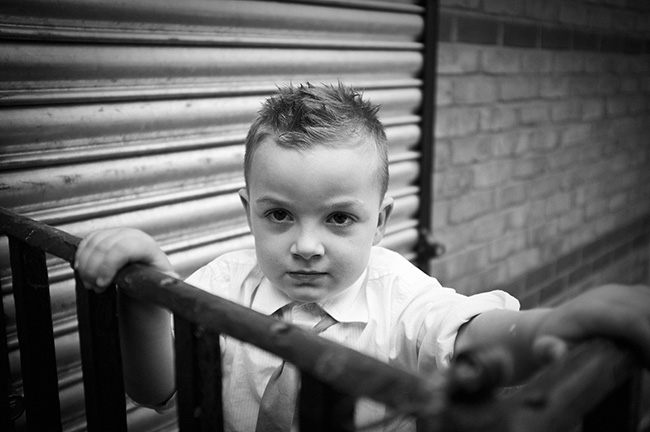
Perhaps I should make a statement in the register of interests before I continue: I am a photographer, not an equipment junkie. I am interested in images first and foremost, and on the whole I find that cameras have an annoying tendency to get in the way of a perfectly good picture. I have found the plethora of “unboxing” videos and expressions of admiration for its looks laughable and uninformative, and I know that I am not the only one, because the question I have been asked most often by other photographers is “is it any good?” Anyway, given that, you will not be surprised to learn that this “review” will be based on how it handles – it is for others to repeat ad infinitum what it does.
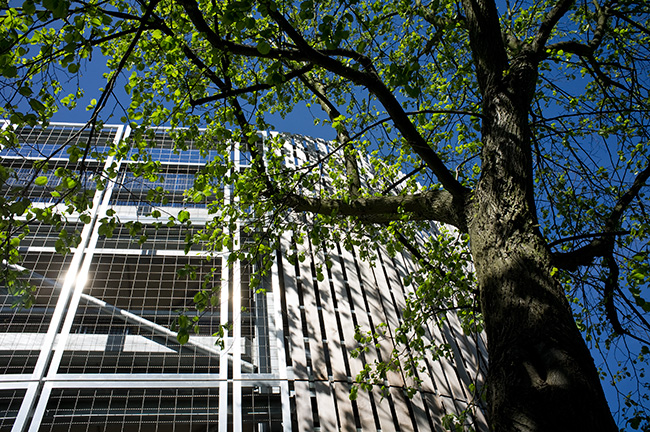
The camera arrived as I was setting off for a three day jaunt around the UK photographing car parks (don’t ask – good client, good pay, and I think I now need therapy because I have started to appreciate the finer points of the multistory!), and naturally I took it with me so that I could familiarise myself with it when I wasn’t waiting for a car to move or the light to change. What struck me first and foremost was the accuracy of the meter and the dynamic range of the sensor. The shot above is a case in point: strong specular highlights off the steelwork and the deep shadows of the tree would create problems for many cameras, but the X100 was not fazed by it. Given the limitations of this website it seems appropriate to give you an enlargement to make the point. Although taken as a RAW image, I have made no corrections, and at 100% the details and accuracy of exposure speak for themselves with great colour and shadow detail. There is a hint of chromatic aberration on the extreme contrast edge, but nothing that could not be corrected in ACR or a similar RAW converter. And remember, this is from a compact.

Lest you think this is a one off, consider the next image. A dark wood front door set into a white rendered wall in full sunlight. There is good detail in the depth of the shadow and in the texture of the white wall itself, using pattern metering and no exposure compensation – you’ll have to take my word for it because I cannot be bothered to keep putting enlargements into the post. How many cameras would be thrown by all that white?
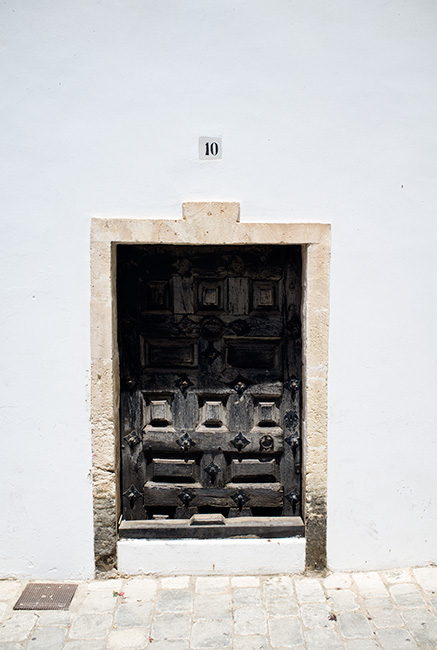
But like any meter it can be fooled, and with experience you learn to predict when it is likely to be wrong and dial in some compensation. In situations where things are just too demanding there is always spot metering, and as the photo of my wife and eldest son on an airplane shows, it is utterly reliable despite the huge contrast range in the situation. Using the optical viewfinder the selected focus area is the point which also determines the spot meter.
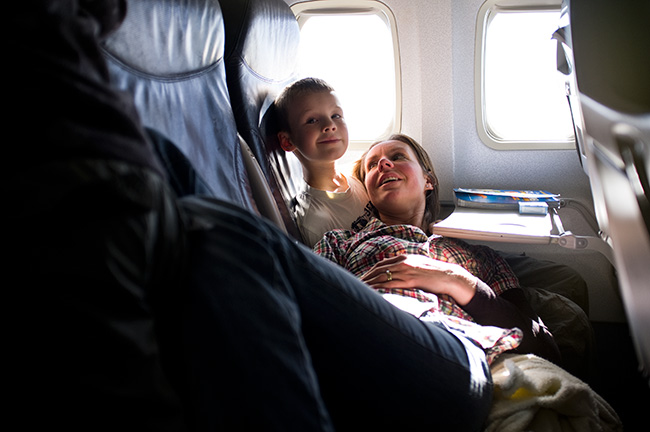
After a month I feel confident that I know what it can and cannot do, and have got to grips with its idiosyncrasies. I cannot claim that it is perfect, but there is a tendency to compare its performance to my D3, and that simply isn’t a fair comparison. If I temper my criticism with the constant reminder that it is a compact, then there is much to like about the X100 and precious little to complain about. In fact, most complaints I have found are resolved by learning to understand how it works, and not assuming that it should work the way one expects. For example, the focusing can be notably slow, particularly at close quarters, a complaint that many have made, usually at the same time as saying that it is not possible to get in close to the subject. In practice, with the camera at your eye you can make two clicks of the left edge of the jog wheel to put it into macro mode. The viewfinder switches to the electronic (EVF) version – presumably because the parallax with the optical finder would be too great – and instantly you are able to focus very close indeed. At this point though the normal practice of holding the shutter release halfway down freezes the image in the finder while the focus hunts and the image in the finder catches up. Irritating. But I have found that more often than not if I just trust the camera and press the shutter release all the way down it gets the shot, and it gets it right. It is counter intuitive given the way we all focus with SLRs, but it works.
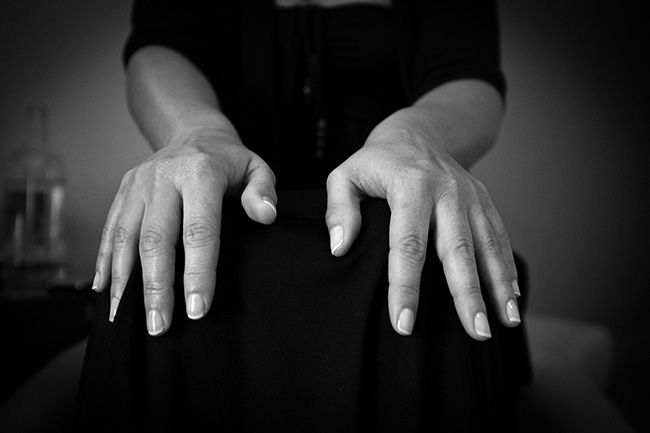
Of all the complaints I have heard the one I agree with the most is the absence of a locking button on the exposure compensation dial. The dial itself is a joy to use and a very welcome control to have easily to hand, but given its location on the top-plate it is easily jogged out of position when the camera is hanging from your shoulder. However, after the first few times of scratching your head wondering why a seemingly straight forward image has fooled the meter you learn to check the display in the viewfinder for confirmation of the dial’s position as you put the camera to your eye. That said, assuming Fuji bring out a successor to the X100, being able to lock the dial would be one of the changes I would welcome.

One thing that takes some getting used to is the way maximum aperture can be a problem in bright light. Basically the nature of the shutter mechanism in the lens makes it physically impossible to use the wider apertures at speeds over a thousandth of a second, although on the plus side it does make it possible to synchronise flash at any speed, something which you can’t generally do with SLRs. Fuji have solved this by providing a built in 3 stop neutral density (ND) filter in the lens so you can still use f2 when the sun is out. The problem is you have to remember to set it, and going through the function menus is not the most intuitive way to go about it. Again, it isn’t long before you figure out that setting the ND filter to be the function controlled by the function button on the top-plate is the best solution. Frankly, if you are out in bright light it just makes sense to switch the ND filter on and forget about it, because one of the things that makes the X100 so compelling is the capacity to use that wide aperture and bring some depth and shape to your images in a way that is beyond the scope of conventional compacts. This is also a good point to mention how effective I found the Auto ISO control to be. You can set the upper limit on ISO where you want, and the trigger shutter speed below which the ISO is pushed up. I have found it to be very effective, allowing me to concentrate on my subject and forget about technicalities. Given how good this camera is with low light (and believe me, it is really very good indeed, compact or not) Auto ISO is not to be avoided but embraced.
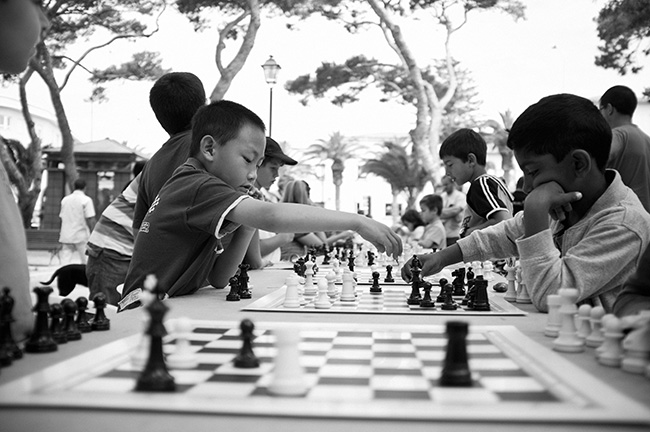
I have already made some disparaging remarks about those who have concentrated on the X100’s looks – for me it’s a tool and form should follow function. Interestingly, I have found that in some situations its looks can actually be a problem. I used it at a wedding of two designers. Needless to say many of the guests worked in design as well, and I found myself fielding questions about the camera from several people who were apt to comment that it was a “nice piece”: so much for being discrete. Similarly, a few people with more than a passing interest in photography have stopped me to ask if it is a Leica. There may actually be a case for making it a little less pretty!
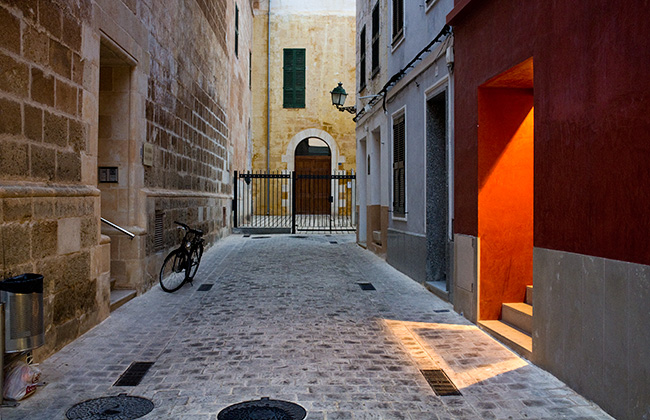
The camera is unquestionably well made, but it is not a tank and would not take the punishment you might throw at a 5D or the like. Given its price I am surprised at how susceptible to scratching the LCD screen is. I have become accustomed to the scratch resistancy of the screen on my D3 (the rest of the body looks dreadful, but the screen is still pristine), and I had expected, wrongly as it turns out, something similar on the X100. In practice it needs care. Again a simple solution is stick on screen protectors. I have now acquired half a dozen on EBay for the princely sum of £1.49 including postage, if you have forked out for the X100 I suggest you do the same. Perhaps Fuji might like to consider upgrading the quality of the screen glass in any update.
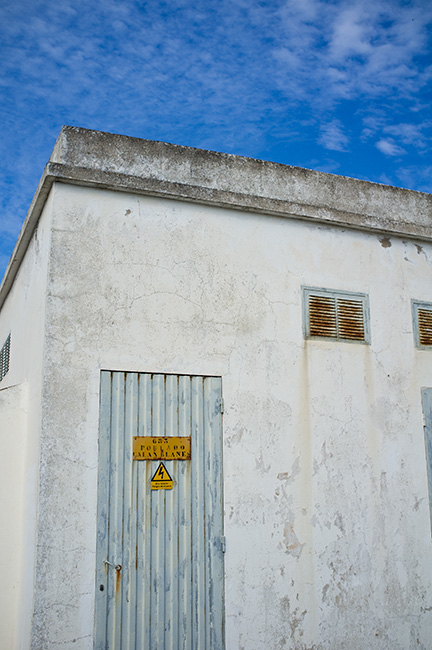
Another criticism that has been levelled at its performance is the length of time it takes to write data to the card and clear the buffer. Certainly when shooting raw if you press the review button straight after shooting, nothing will happen. In fact you will have to wait until the indicator lamp has almost finished flashing before the display will show you the shot you have taken, and the more frames you fire in sequence the longer you will have to wait. Some reviewers have said that you “have” to use the fastest, most advanced cards to get the best performance, and even that won’t be much of an improvement. I have used simple class 4 4Gb SanDisk Ultra SDHC cards, and I can confirm that all of the above is true… but, if you look at my original post you might notice a comment I made in my wish-list which is particularly relevant at this point; I said that I was not bothered about having a screen for reviewing the images because:
I know it is nice to check that you got your picture, but I made a living from using film for over ten years, and I knew then that I had the picture even though I didn’t see it until I processed the film. Not being able to see the picture instantly will remove the distraction and make me concentrate on my subject – you know, I actually think it might make me a better photographer.
Just because technology allows us to do something that we could not do before does not mean that it is necessarily better, and I, like many photographers, find it hard to resist the temptation of “having a quick look just to make sure”. Fortunately, Fuji have thought about this. It is possible to set the camera to give a quick confirmation view in the viewfinder (even when you are using the optical version) of what you have just shot. I have it set for 1.5 seconds, which is just about short enough to stop it being intrusive. Personally being able to shorten it to 1 second would be ideal although I doubt enough people will ask for this to persuade Fuji to create a firmware upgrade that would make it possible. Nevertheless, it means I know whether the shot is in the bag or needs to be adjusted without taking the camera from my eye. For that reason I find the cards I am using more than adequate.
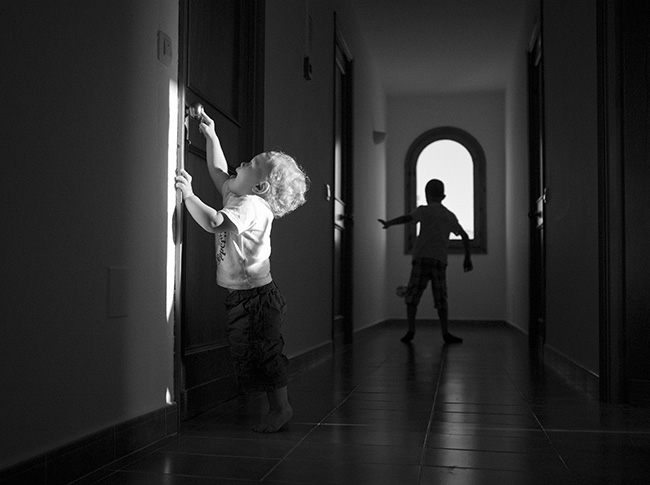
I admit that in my wish-list I asked for RAW and high quality JPEG file formats, but to be honest the JPEG option was a sop to those who prefer to work that way. In my own workflow I cannot understand why anyone would not shoot RAW and only RAW, and that is the way that I use the X100. Having said that, the JPEGs straight out of the camera are incredibly good and if that’s the way you like to work you will not be disappointed. I can’t comment on how many shots you will get on a 4Gb card using JPEGs, but with the camera set to RAW I was getting about 200 images. The JPEG RAW question does highlight one of the more curious peccadilloes of the X100, though, and that is the RAW button on the camera back. The design idea is that you set the camera to shoot JPEGs, and if a scene presents itself for which you simply have to have a more fulsome file, you can press the RAW button and the next frame you fire will be captured in both formats before the system reverts to the default setup. The problem is, if like me you shoot only RAW, then the button is utterly redundant. Others have called on Fuji to issue a firmware upgrade that allows the button to be programmed as a second function button, it is a call to which I will add my voice here, although I am not sure what function I would be inclined to assign to it.
On a practical level the battery is claimed to give about 300 shots on a single charge, and while I have found that it does a little better than that, there is a strong case for getting an extra battery. Also call me old fashioned, but the single most important tool a photographer can use with his lenses is a dedicated hood. Fuji, really, if you are marketing this at pros at a thousand pounds a pop: include the bloody hood. I don’t begrudge spending the extra (which I did) I just think it should come with the camera as standard, not as an optional extra.
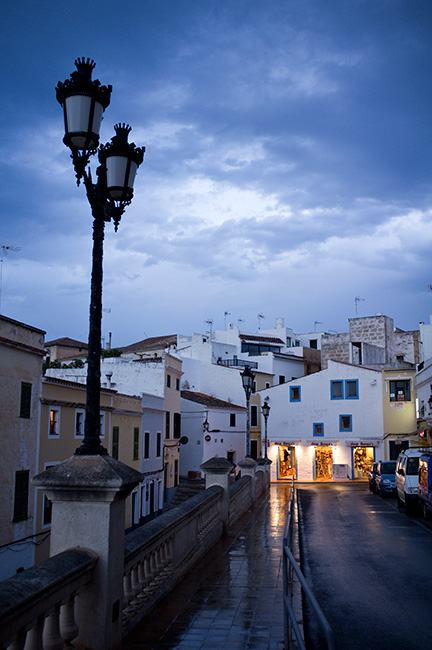
The viewfinder has been the most talked about feature of the X100, and justifiably so. I have yet to meet a photographer that likes working with a camera at arm’s length – it just isn’t natural. So it ought to be surprising that the inclusion of of a viewfinder would generate so much comment. Personally I like working with the optical finder, but there have been moments when I have felt that switching to the EVF would be a good idea, and the facility to see shooting data displayed on the optical viewfinder is a real boon. I have found the frame guide on the OVF to be pretty accurate, enough so that I have not been disappointed by it. One thing I would like though is a display of approximate number of images left on the card – I am putting my neck on the line here as I must admit that I have not read the manual, and it is possible that there is a way of setting this up, which some eagle-eyed reader will no doubt inform me of.
I should probably comment on the Menu/OK button. Many have said that it is too small. I agree; it either needs to be bigger, or probably more usefully it needs to be made to stand a little proud of the surrounding dial. That said it is not long before it becomes second nature to use the very tip of your thumb, and once you get used to it it really isn’t a problem even with my fat thumbs.
There are many things this camera can do like motion panorama and stereo sound HD video, and mind boggling varieties of bracketing, all of which I have tried. They work. Are they good? They seem to be, but I am not the best person to judge as these are not features I use nor do I have sufficient experience of them (with the exception of basic exposure bracketing) to comment on their performance.
Ultimately the worth of any camera is whether you want to use it, and whether if you do it gives you the results you’re looking for. I have to say that for a man that does not like cameras I have rather fallen for the X100. Not because of it’s looks, but because it is effortless to use, unencumbering to carry all the time, and the images it produces are technically nothing short of stunning, even if their aesthetics are down to me.
The X100 has brought me back to that place I used to inhabit about 12 years ago with the Yashica T4. Once again I can have a camera on me everywhere, but this time with the inherent capability to be playful and experimental that digital capture affords, coupled with an image quality that is genuinely saleable (I have already sold over £200 worth of prints taken on the camera) so that it earns its place in my equipment inventory. Carrying a camera everywhere is fun again.
Is it any good? Without question, yes: it is better than good. Is it perfect? Of course not, but then no camera is. Fuji have marketed this camera as the “professional’s choice”, a claim which some have criticised as over reaching, but I fervently believe it depends as I have already said on what you think the camera is. If you think it is intended to be a competitor for Leica’s M9 then the criticism is justified. If, like me, you think it is a compact that professionals can use with confidence, then I think for once the manufacturer has a claim which can be taken at face value.
Personally I am just looking forward to what I will witness and capture with this wonderfully crafted tool, and given my post of 2009, you’ll forgive me if I do so with a certain smug self-satisfaction.



Leave a Reply